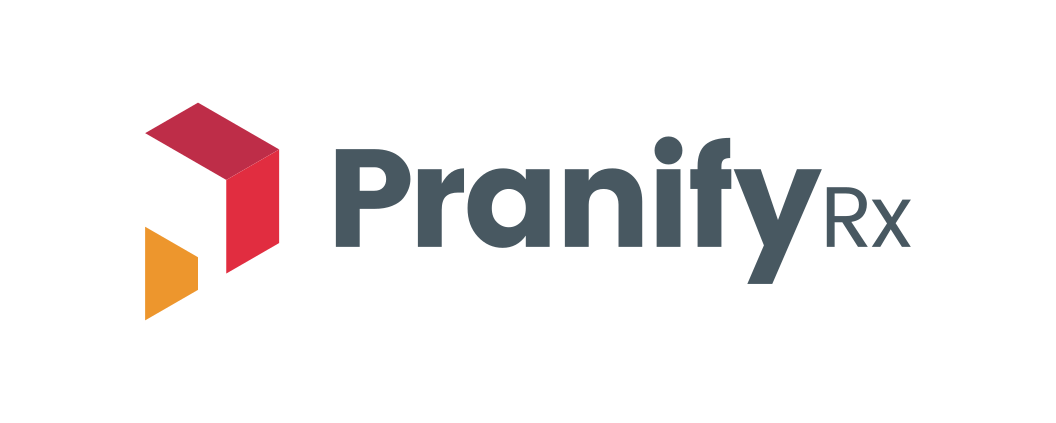When PRT/PRC/CMLR Comments or Rejects Your Pharma Digital Ad Campaign Copy or Targeting Strategy
Your team spent weeks building the campaign: keyword research; patient, HCP and competitive insight research; ad copy development; A/B test and learn plans, landing page mapping.
Then you built the PRT job submission in Veeva Vault, got it submitted, you wait, and then you get “comments”.
Maybe some of the comments are “global” and threaten to derail a significant part of plans. This is the reality, but not all hope is lost.
Here are 3 ways you can engage strategically to elevate the conversation with PRT/PRC/CMLR and your brand marketing client, and maybe save the effectiveness of the campaign and help more patients and healthcare professionals:
Gently digging deeper to understand the real reason behind PRT’s comments or hesitancy can be a powerful way to add value for the brand. Choose your battles, but ask questions to reveal the why behind the why. Often it’s because the new copy is a shift from the way things were done in the past. If that’s the real reason, you have an opportunity to lead your client to a better path forward.
Estimate the financial impact on cost per click (CPC) or CPM. Many PRT/CMLR comments have real financial consequences that they don’t realize until you show them.
For example, if PRT is requiring certain copy (e.g. multiple symptoms) to be spelled out a certain way, this may negatively impact your search campaign by preventing you from including words that improve ad relevance and CPC. If you can estimate the negative impact on CPC and then multiply that by the number of clicks your campaign is projected to drive, that dollar figure can sometimes be big enough to make PRT think twice, because their conviction is not as strong as the negative financial impact of their feedback.
3. Calculate the financial impact on Rx revenue. Building from #2 above, you can estimate the loss in site traffic that is expected to result from implementing the PRT comments. If CPC will go up because of lower ad relevance, and assuming a static budget, then clicks and traffic will necessarily decline. Take your Rx-script lift conversion rate data, multiply by the expected decline in site traffic and then multiply that figure by the script LTV. You may be surprised how big the financial impact on Rx revenue is from what might appear to be a minor comment in Veeva.
None of these steps are guaranteed to work, and the relationship is the most important consideration, but if you have the data, you can engage in a truly strategic conversation that elevates your role on the team regardless of the final outcome on the specific copy feedback.
